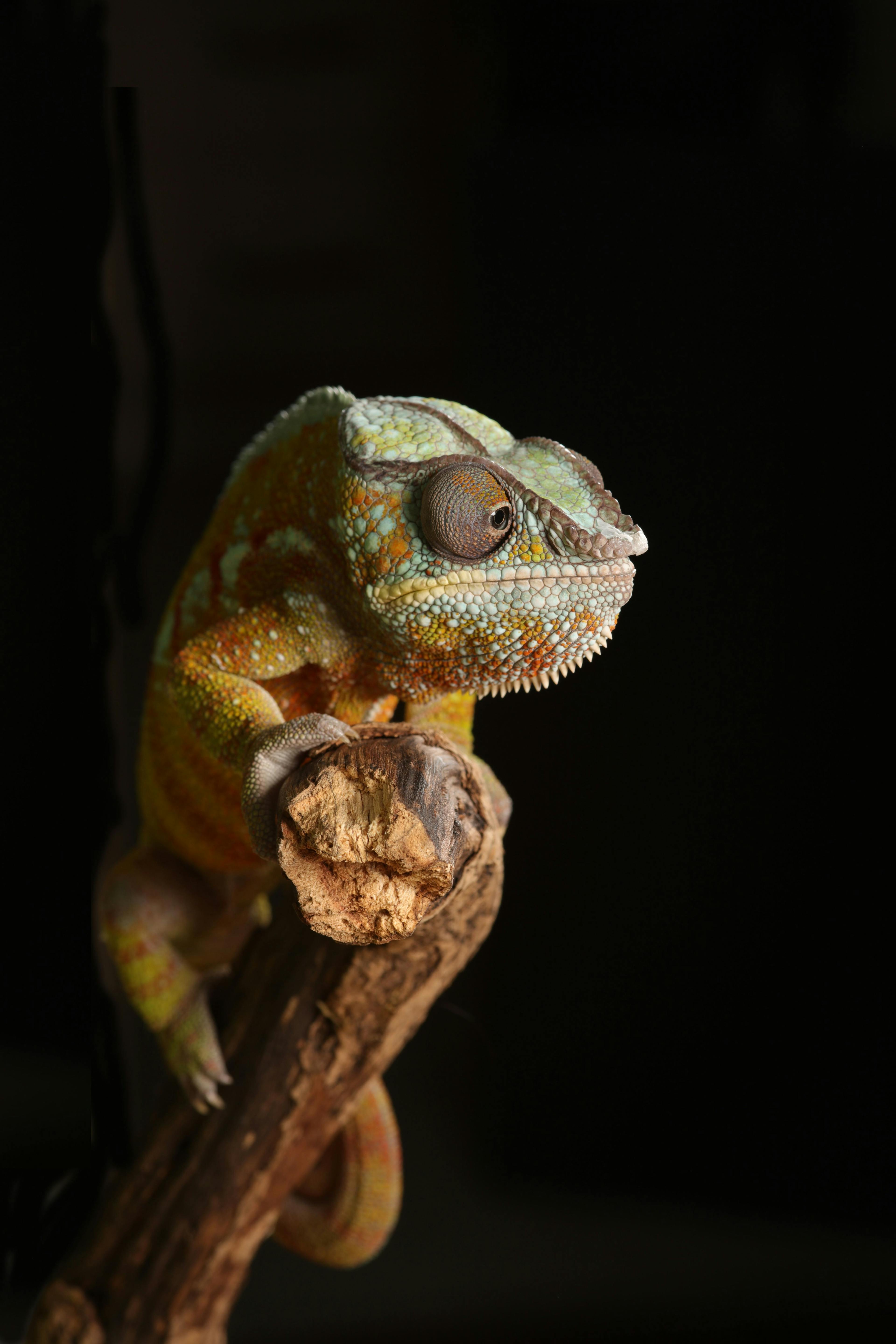Iguanas and their Diet: A Guide to Care at Home and in the Wild
Iguanas are a species of lizard found in a variety of natural habitats around the world, including jungles, forests, deserts and mangroves. Although iguanas may vary in size and appearance, they all share a similar diet based on vegetation and animal foods.
Diet of iguanas in the wild
In the wild, iguanas feed primarily on plant leaves, fruits and flowers. Leafy greens are especially important to iguanas, as they provide a rich source of chlorophyll and essential nutrients. Iguanas also eat fruits such as bananas, guavas and papayas, as well as flowers such as bromeliads.
In addition to vegetation, iguanas may also consume small animals such as insects, beetles, worms and maggots. However, these animal foods are less important in their diet compared to vegetables.
Young and adult iguanas need a diet rich in calcium to develop healthy bones and teeth. Most adult iguanas get enough calcium from their diet of leaves and fruits, but young iguanas need an additional source of calcium.
In summary, iguanas in the wild feed primarily on leaves, fruits and plant flowers. They may also consume small animals such as insects, beetles, worms and maggots. It is important to provide a calcium-rich diet to young and adult iguanas to keep their bones and teeth healthy.
How to feed your iguana at home?
Iguanas are a popular pet lizard species because of their beauty and unique personality. However, feeding an iguana at home can be a challenge if you don't know how to do it correctly. Improper feeding can cause serious health problems in iguanas, so it is important to understand the nutritional needs of these animals before bringing one home.
A captive iguana's diet should be as close as possible to that of its natural habitat. This means providing a variety of fresh vegetables and fruits to meet their nutritional needs. Leafy greens are especially important for iguanas, as they provide a rich source of chlorophyll and essential nutrients. Some good choices include romaine lettuce, collard greens, spinach, endive, and guava leaves, and hibiscus. Fruits such as bananas, apples, pears and melons can also be offered.
In addition to vegetables and fruits, it is important to provide an additional source of calcium for young and adult iguanas. This can include foods such as dandelion greens, artichoke leaves, hibiscus leaves, chamomile sprigs, and cactus leaves.
It is important to avoid giving iguanas processed foods or foods high in fat and protein, as these can cause long-term health problems. It is also important to avoid giving iguanas foods containing pesticides or fertilizers, as these can be toxic to the animals.
As for feeding frequency, it is advisable to offer fresh food to the iguana daily or every other day. Adult animals need less food than juveniles, and it is important to ensure that the iguana has enough space to move around and a suitable environment to maintain a healthy weight.
In summary, feeding an iguana at home requires providing a diet based on fresh vegetables and fruits, plus an additional source of calcium. It is important to avoid giving processed foods, high in fat and protein, and foods containing pesticides or fertilizers. Feeding frequency and amount of food should be adjusted according to the age and size of the iguana.

